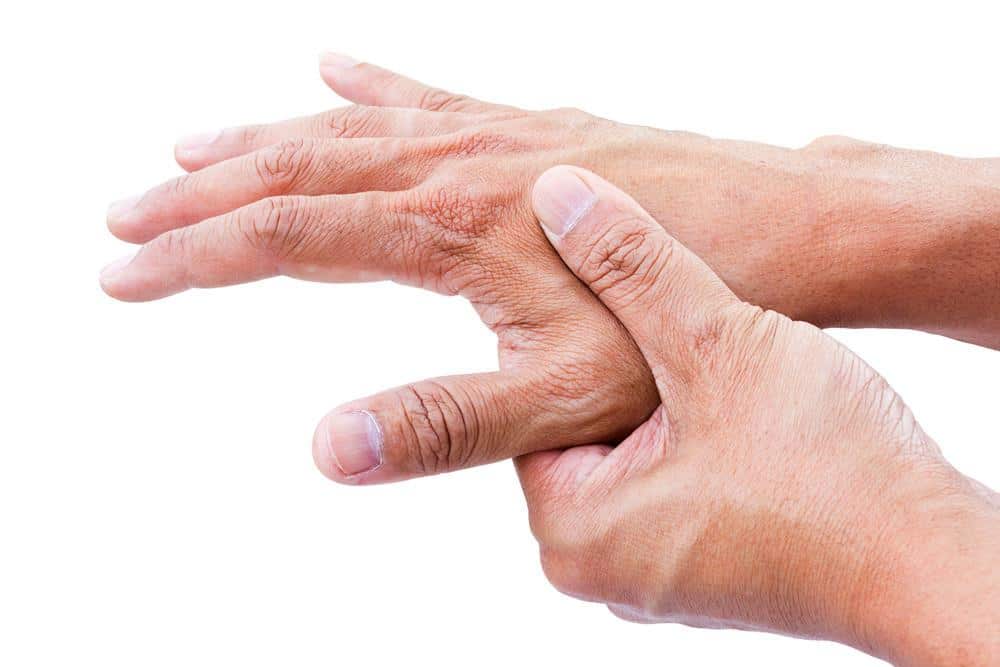If you’ve got a headache, you can take some aspirin. You’ve got sinus pain, you can take some ibuprofen. But when you have back pain, my friends, there’s no clear answer. You’ll get a ton of different recommendations on what to do, and a lot of it doesn’t work. Pain in your back is notoriously difficult to treat, but there are some established methods you can explore, like chiropractic treatment.
Invented some time near the end of the 19th century, chiropractic treatments involve the manipulation of bones and are commonly used to treat back pain. The American Chiropractic Association reports that chiropractors treat around 35 million people in the US each year, and back pain is a common reason for their sessions (https://www.acatoday.org/News-Publications/Newsroom/Key-Facts).
A 2018 study published in the JAMA Network Open journal looked at 750 active-duty military personnel who reported back pain (https://www.who.int/medicines/areas/priority_medicines/Ch6_24LBP.pdf). Half of the group received traditional care such as medication, physical therapy and self-care, while the other half received both traditional care and 12 chiropractic treatments. After six weeks of treatments, the group who received chiropractic treatments reported less pain, improved movement and less disability, and they needed less pain medication than those in the group who did not receive chiropractic treatment.
A chiropractic adjustment is low risk for patients without any serious health problems. Some practitioners say that adjustments have health benefits overall and encourage patients to get them regularly as part of a preventative care plan, but some research, medical doctors and health insurers do not support this view. The use of X-rays in diagnosing spinal misalignment and the long treatment recommendations that follow to reverse spine issues are another area of controversy in chiropractic care.
Chiropractors who look beyond the spine can be a resource for restoring and preserving your health. For a specific issue, feeling better is how you know the treatment is successful. If you don’t have any change in your symptoms after six visits, speak to your chiropractor about the plan or consider going to another doctor. Excellence in chiropractic care includes lifestyle change recommendations, such as stress reduction techniques and home-based exercises. Any treatments should leave you feeling better able to care for yourself and bring about an improvement in your back pain.
Chiropractic care is worth a second look for anyone having back pain. Noninvasive and affordable, it could just be the treatment you’ve been looking for to add to your anti-back-pain toolkit.




